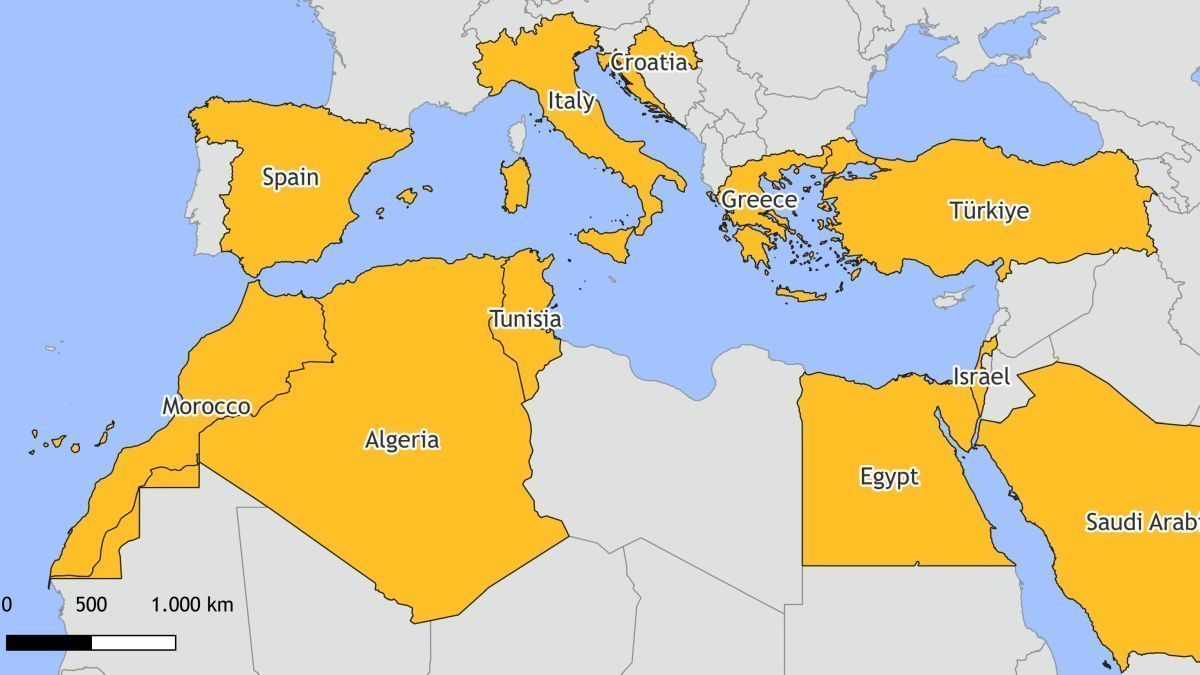
When investing in hydrogen projects and importing green hydrogen, making the most of the existing potential in countries on the European Mediterranean coast can bring advantages. These countries offer comparatively low-cost potentials for the production of green hydrogen with a high level of security for investments and supply. In addition, imports from North Africa and non-EU countries in the Mediterranean region are cost-efficient and suitable for a diversified portfolio. The construction of a pan-European pipeline infrastructure would be important for cost-effective imports. Maritime hydrogen imports could reduce dependence on pipelines but could lead to significantly higher costs.
In the policy brief “Derisking hydrogen investments – analysis of the costs and risks of hydrogen imports from the Mediterranean and the MENA region”, researchers from the Institute of Energy Economics at the University of Cologne (EWI) derive implications for an import strategy for Germany. The policy brief was created as part of the EWI’s “Hydrogen Research Programme” and society of Benefactors to the EWI (Gesellschaft zur Förderung des EWI e.V).
The policy brief compares countries in the Mediterranean and MENA regions with regard to the import costs of green hydrogen to Germany, import potential and security of supply and investments. The analysis uses the idea of the portfolio theory to analyze the trade-off between costs and risks and identifies clusters of countries according to their cost and risk efficiency.
A secure and cost-effective supply of green hydrogen is central to the energy transition in Germany. Geopolitical risks could have far-reaching effects on the security of investment and supply in the hydrogen market ramp-up. “If large quantities of green hydrogen are to be imported in the future, potential risks to investment and supply security should also be considered,” says Patricia Wild, co-author of the policy brief.
The geopolitical risks of hydrogen imports from different countries were compared using the recently published EWI Future Energy Score. A higher score can be interpreted as a better prerequisite of the respective country for investments and the resulting hydrogen exports.
The import costs of green hydrogen vary greatly within the analyzed region. However, the production potential is much more evenly distributed than that of fossil resources. Compared to fossil fuels such as oil or gas, hydrogen has high transport costs. “From a cost analysis, it can be deduced that green hydrogen might not transported globally by sea. Instead, a market could emerge in which Europe and neighbouring countries trade green hydrogen via pipelines,” says Michael Moritz, another author of the policy brief. For this reason, the focus of the analysis is on the Mediterranean region and the Middle East.